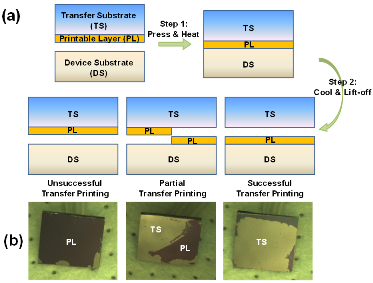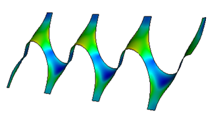Research Highlights
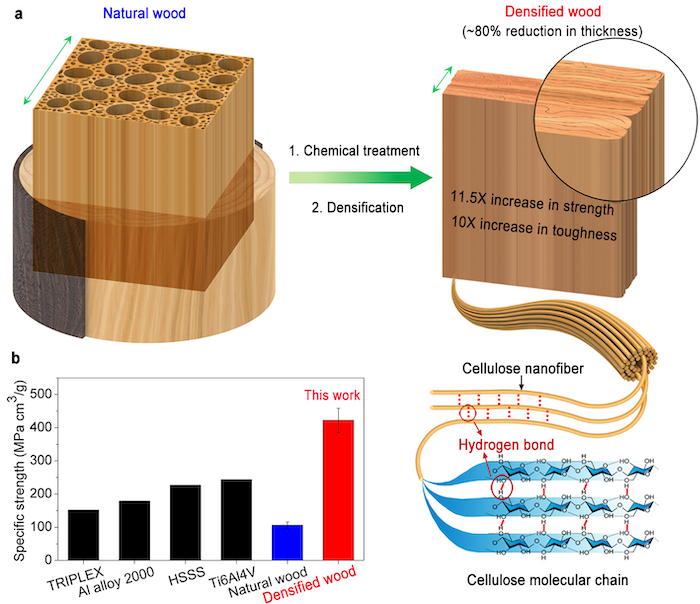 Engineers at the University of Maryland have found a way to make wood more than ten times times stronger and tougher than before, creating a natural substance that is stronger than many titanium alloys. Engineers at the University of Maryland have found a way to make wood more than ten times times stronger and tougher than before, creating a natural substance that is stronger than many titanium alloys.
Publication: Processing bulk natural wood into a high-performance structural material, Nature, 554, 224-228 (2018).
 
This research has gained worldwide media coverage, and won the 2018 R&D100 Award, the widely recognized "Oscars of Invention". The Nature paper also quickly became a Web of Science Highly Cited Paper in 2018.
VOA news, MIT Technology Review, New York Post, Yahoo! News, CBS ,MSN, Scientific American, Xinhua Net, Science News, Discover Magazine, UMD Right Now, Materials Today, International Business Times, The Sun, The Inquisitr, Scientific India, Alphr, The Chemical Engineer, Clean Technica, Business Standard
Publication: S. Zhu, J. A. Stroscio, T. Li, Programmable Extreme Pseudomagnetic Fields in Graphene by a Uniaxial Stretch, Physical Review Letters, 115, 245501 (2015).
This research has been highlighted by both Science and Nature.
  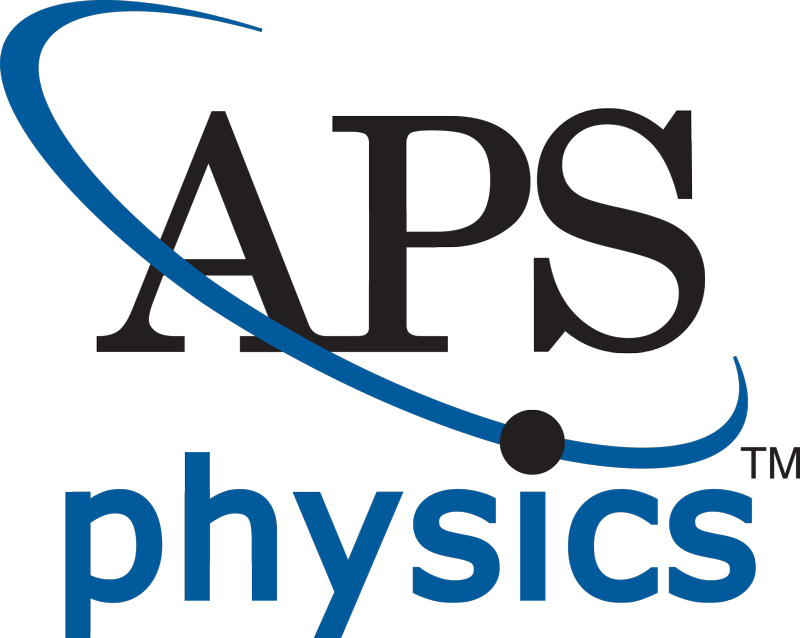     
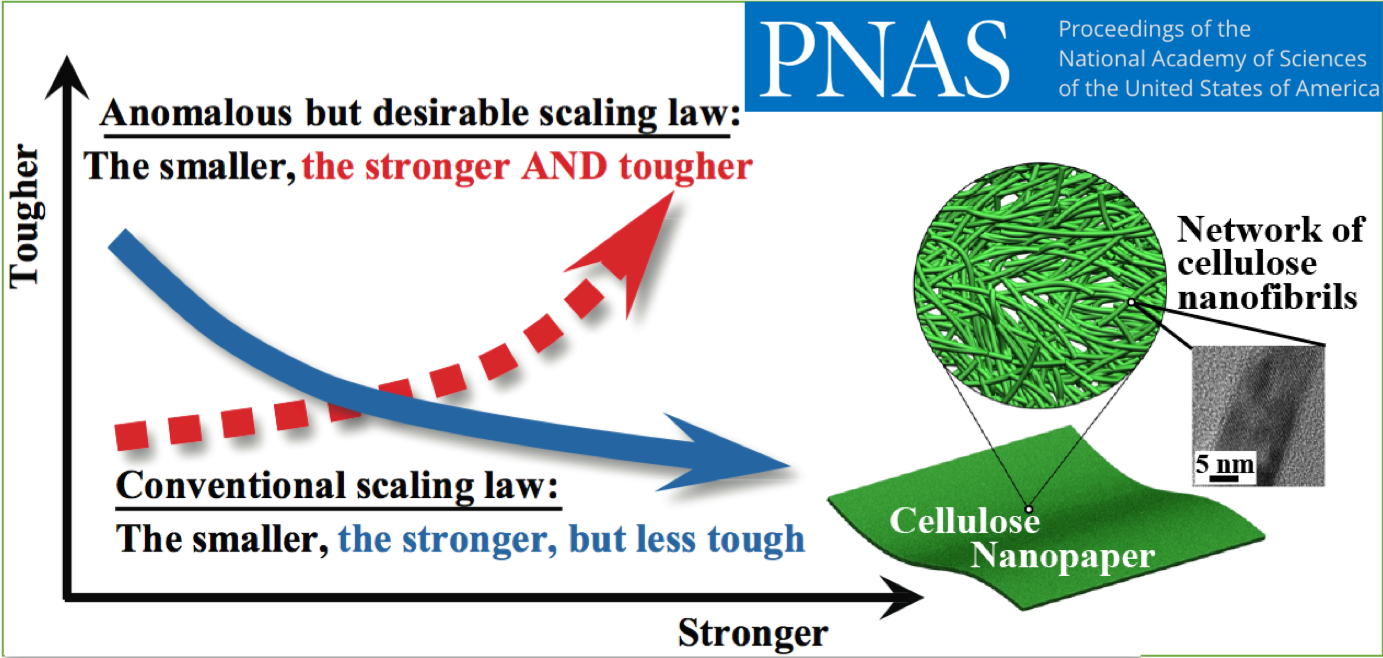
Publication: Anomalous scaling law of strength and toughness of cellulose nanopaper, Proceedings of the National Academy of Sciences of the United States of America (PNAS), 112(29), 8971-8976 (2015).
      
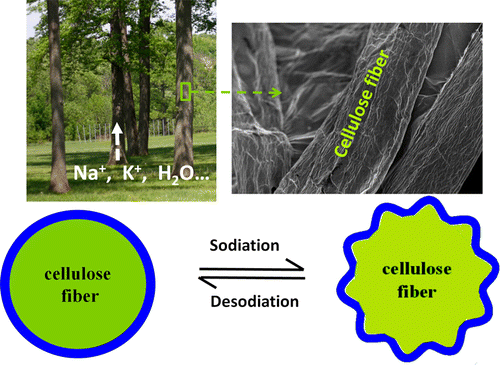 Sodium (Na)-ion batteries offer an attractive option for low cost grid scale storage due to the abundance of Na. Tin (Sn) is touted as a high capacity anode for Na-ion batteries with a high theoretical capacity of 847 mAh/g, but it has several limitations such as large volume expansion with cycling, slow kinetics, and unstable solid electrolyte interphase (SEI) formation. In this article, we demonstrate that an anode consisting of a Sn thin film deposited on a hierarchical wood fiber substrate simultaneously addresses all the challenges associated with Sn anodes. The soft nature of wood fibers effectively releases the mechanical stresses associated with the sodiation process, and the mesoporous structure functions as an electrolyte reservoir that allows for ion transport through the outer and inner surface of the fiber. These properties are confirmed experimentally and computationally. A stable cycling performance of 400 cycles with an initial capacity of 339 mAh/g is demonstrated; a significant improvement over other reported Sn nanostructures. The soft and mesoporous wood fiber substrate can be utilized as a new platform for low cost Na-ion batteries. Sodium (Na)-ion batteries offer an attractive option for low cost grid scale storage due to the abundance of Na. Tin (Sn) is touted as a high capacity anode for Na-ion batteries with a high theoretical capacity of 847 mAh/g, but it has several limitations such as large volume expansion with cycling, slow kinetics, and unstable solid electrolyte interphase (SEI) formation. In this article, we demonstrate that an anode consisting of a Sn thin film deposited on a hierarchical wood fiber substrate simultaneously addresses all the challenges associated with Sn anodes. The soft nature of wood fibers effectively releases the mechanical stresses associated with the sodiation process, and the mesoporous structure functions as an electrolyte reservoir that allows for ion transport through the outer and inner surface of the fiber. These properties are confirmed experimentally and computationally. A stable cycling performance of 400 cycles with an initial capacity of 339 mAh/g is demonstrated; a significant improvement over other reported Sn nanostructures. The soft and mesoporous wood fiber substrate can be utilized as a new platform for low cost Na-ion batteries.
Publication: Tin anode for sodium-Ion batteries using natural wood fiber as a mechanical buffer and electrolyte reservoir, Nano Letters, 13 (7), 3093–3100 (2013).
        
   
 
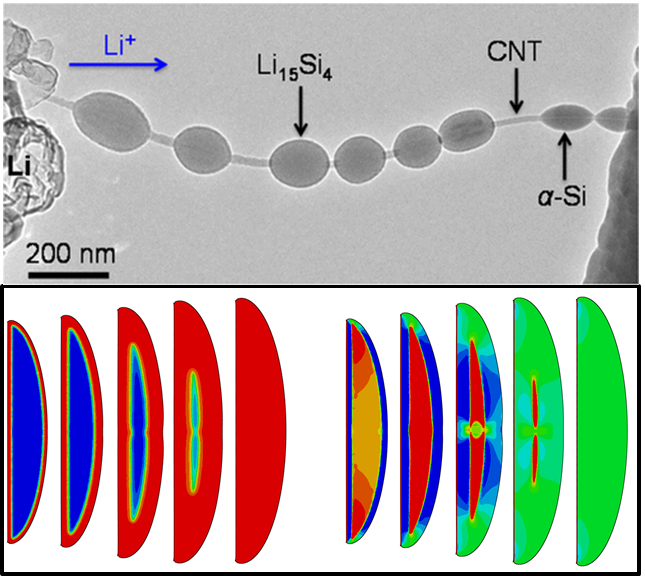 Interfacial instability is a fundamental issue in heterostructures ranging from biomaterials to joint replacement and electronic packaging. This challenge is particularly intriguing for lithium ion battery anodes comprising silicon as the ion storage material, where ultrahigh capacity is accompanied by vast mechanical stress that threatens delamination of silicon from the current collectors at the other side of the interface. Here, we describe Si-beaded carbon nanotube (CNT) strings whose interface is controlled by chemical functionalization, producing separated amorphous Si beads threaded along mechanically robust and electrically conductive CNT. In situ transmission electron microscopy combined with atomic and continuum modeling reveal that the chemically tailored Si–C interface plays important roles in constraining the Si beads, such that they exhibit a symmetric “radial breathing” around the CNT string, remaining crack-free and electrically connected throughout lithiation–delithiation cycling. These findings provide fundamental insights in controlling nanostructured interfaces to effectively respond to demanding environments such as lithium batteries. Interfacial instability is a fundamental issue in heterostructures ranging from biomaterials to joint replacement and electronic packaging. This challenge is particularly intriguing for lithium ion battery anodes comprising silicon as the ion storage material, where ultrahigh capacity is accompanied by vast mechanical stress that threatens delamination of silicon from the current collectors at the other side of the interface. Here, we describe Si-beaded carbon nanotube (CNT) strings whose interface is controlled by chemical functionalization, producing separated amorphous Si beads threaded along mechanically robust and electrically conductive CNT. In situ transmission electron microscopy combined with atomic and continuum modeling reveal that the chemically tailored Si–C interface plays important roles in constraining the Si beads, such that they exhibit a symmetric “radial breathing” around the CNT string, remaining crack-free and electrically connected throughout lithiation–delithiation cycling. These findings provide fundamental insights in controlling nanostructured interfaces to effectively respond to demanding environments such as lithium batteries.
Publication: A beaded-string silicon anode. ACS Nano, 7(3), 2717–2724 (2013).
 
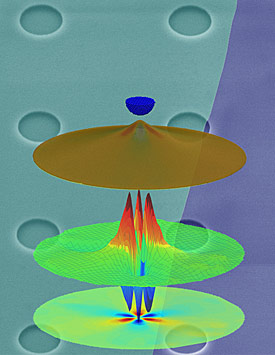 Tightening or relaxing the tension on a drumhead will change the way the drum sounds. The same goes for drumheads made from graphene, only instead of changing the sound, stretching graphene has a profound effect on the material's electrical properties. We determined the electromechanical properties of a suspended graphene layer by scanning tunneling microscopy (STM) and scanning tunneling spectroscopy (STS) measurements, as well as computational simulations of the graphene-membrane mechanics and morphology. A graphene membrane was continuously deformed by controlling the competing interactions with a STM probe tip and the electric field from a back-gate electrode. The probe tip–induced deformation created a localized strain field in the graphene lattice. STS measurements on the deformed suspended graphene display an electronic spectrum completely different from that of graphene supported by a substrate. The spectrum indicates the formation of a spatially confined quantum dot, in agreement with recent predictions of confinement by strain-induced pseudomagnetic fields. Tightening or relaxing the tension on a drumhead will change the way the drum sounds. The same goes for drumheads made from graphene, only instead of changing the sound, stretching graphene has a profound effect on the material's electrical properties. We determined the electromechanical properties of a suspended graphene layer by scanning tunneling microscopy (STM) and scanning tunneling spectroscopy (STS) measurements, as well as computational simulations of the graphene-membrane mechanics and morphology. A graphene membrane was continuously deformed by controlling the competing interactions with a STM probe tip and the electric field from a back-gate electrode. The probe tip–induced deformation created a localized strain field in the graphene lattice. STS measurements on the deformed suspended graphene display an electronic spectrum completely different from that of graphene supported by a substrate. The spectrum indicates the formation of a spatially confined quantum dot, in agreement with recent predictions of confinement by strain-induced pseudomagnetic fields.
The results have been published in
Electro-mechanical properties of graphene drumheads, Science, 336, 1557 (2012).
  
  
 
 
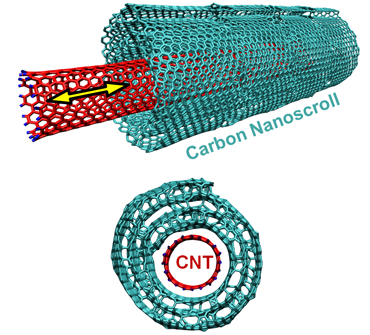 We demonstrate a viable approach toward ultrafast axial nano-oscillators based on carbon nanoscrolls (CNSs) using molecular dynamics simulations. Initiated by a single-walled carbon nanotube (CNT), a monolayer graphene can continuously scroll into a CNS with the CNT housed inside. The CNT inside the CNS can oscillate along axial direction at a natural frequency of 10s gigahertz (GHz). We demonstrate an effective strategy to reduce the dissipation of the CNS-based nano-oscillator by covalently bridging the carbon layers in the CNS. We further demonstrate that, such a CNS-based nano-oscillator can be excited and driven by an external AC electric field, and oscillate at more than 100 GHz. The CNS-based nano-oscillators not only offer a feasible pathway toward ultrafast nano-devices, but also hold promise to enable nano-scale energy transduction, harnessing and storage (e.g., from electric to mechanical). We demonstrate a viable approach toward ultrafast axial nano-oscillators based on carbon nanoscrolls (CNSs) using molecular dynamics simulations. Initiated by a single-walled carbon nanotube (CNT), a monolayer graphene can continuously scroll into a CNS with the CNT housed inside. The CNT inside the CNS can oscillate along axial direction at a natural frequency of 10s gigahertz (GHz). We demonstrate an effective strategy to reduce the dissipation of the CNS-based nano-oscillator by covalently bridging the carbon layers in the CNS. We further demonstrate that, such a CNS-based nano-oscillator can be excited and driven by an external AC electric field, and oscillate at more than 100 GHz. The CNS-based nano-oscillators not only offer a feasible pathway toward ultrafast nano-devices, but also hold promise to enable nano-scale energy transduction, harnessing and storage (e.g., from electric to mechanical).
 A carbon nanoscroll (CNS) is formed by rolling up a
graphene sheet into a spiral multilayer structure. The unique topology and exceptional properties of carbon nanoscrolls (CNSs) have inspired unconventional nano-device concepts, yet the fabrication of CNSs remains rather challenging. Using molecular dynamics simulations, we demonstrate the spontaneous formation of a CNS from graphene on a substrate, initiated by a carbon nanotube (CNT). The rolling of graphene into a CNS is modulated by the CNT size, the carbon-carbon interlayer adhesion, and the graphene-substrate interaction. A phase diagram emerging from the simulations can offer quantitative guideline toward a feasible and robust physical approach to fabricating CNSs. A carbon nanoscroll (CNS) is formed by rolling up a
graphene sheet into a spiral multilayer structure. The unique topology and exceptional properties of carbon nanoscrolls (CNSs) have inspired unconventional nano-device concepts, yet the fabrication of CNSs remains rather challenging. Using molecular dynamics simulations, we demonstrate the spontaneous formation of a CNS from graphene on a substrate, initiated by a carbon nanotube (CNT). The rolling of graphene into a CNS is modulated by the CNT size, the carbon-carbon interlayer adhesion, and the graphene-substrate interaction. A phase diagram emerging from the simulations can offer quantitative guideline toward a feasible and robust physical approach to fabricating CNSs.
Transfer printing is a nanofabrication technique that involves an assembly process by which aprintable layer can be transferred from a transfer substrate to a device substrate. Future application of transfer printing toward a roll-to-roll printing process of flexible devices hinges upon the understanding on the mechanisms governing transfer printing quality, which is far from mature. So far, the quality control of transfer printing has been mainly explored via massive experimental trials, which are both time-consuming and cost-prohibitive. We conduct systematic computational modeling to investigate the underpinning mechanisms of transfer printing process. The outcomes of this study define a quality map of transfer printing in the space spanned by the critical mechanical properties and geometrical parameters in a transfer printing structure. Such a quality map offers new insights and quantitative guidance on the material selection and design strategies to achieve successfultransfer printing.
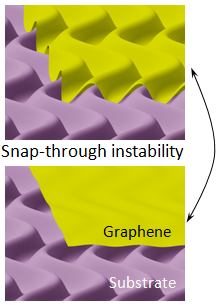
Graphene's exceptional properties have led to the emergence of a new paradigm of materials science and condensed-matter physics, and have also inspired an array of tantalizing potential applications, ranging from flexible and invisible displays to chemical and biochemical sensing arrays. Graphene is intrinsically non-flat and corrugates randomly. Since the corrugating physics of atomically-thin graphene is strongly tied to its electronics properties, randomly corrugating morphology of graphene poses significant challenge to its application in nanoelectronic devices for which precise (digital) control is the key. Recent studies revealed that the morphology of substrate-supported graphene is regulated by the graphene-substrate interaction, thus is distinct from the random intrinsic morphology of freestanding graphene. The regulated extrinsic morphology of graphene sheds light on new pathways to fine tune the properties of graphene. To explore these fertile opportunities, we conduct systematic study on the extrinsic morphology of graphene under a wide range of external regulation, including two dimensional and one dimensional substrate surface features and one dimensional and zero dimensional nanoscale scaffolds (e.g., nanowires and nanoparticles).
As the most rigid cytoskeletal filaments, microtubules bear compressive forces in living cells, balancing the tensile forces within the cytoskeleton to maintain the cell shape. Microtubules in living cells often severely buckle into short waves. By contrast, isolated microtubules in vitro buckle into long arcs. We describe a mechanics model to explain this discrepancy.
Combining 3D large deformation finite element modeling and experimental analysis, we showed that nanoscale thin films of stiff materials, suitably patterned on sufficiently compliant substrates, can sustain large elongations without fracture. We proposed that such compliant patterns of stiff materials can serve as general platforms for flexible electronic devices. The resulting architecture will function without appreciable fatigue when the substrate is repeatedly bent, twisted, and stretched.
Thin metal films deposited on polymer substrates are often used as conductors in flexible electronics. The deformability of such thin metal films is of particular importance to the reliability of flexible devices under large deformation. While free standing thin metal films suffer from low ductility (~1%), polymer-supported metal films have a large variation of ductility (from 1% to 50%). We study the effects of interfacial adhesion, grain size and grain boundary adhesion on the ductility of polymer-supported thin metal films.
Research Sponsors
  
  
|

 Engineers at the University of Maryland have found a way to make wood more than ten times times stronger and tougher than before, creating a natural substance that is stronger than many titanium alloys.
Engineers at the University of Maryland have found a way to make wood more than ten times times stronger and tougher than before, creating a natural substance that is stronger than many titanium alloys.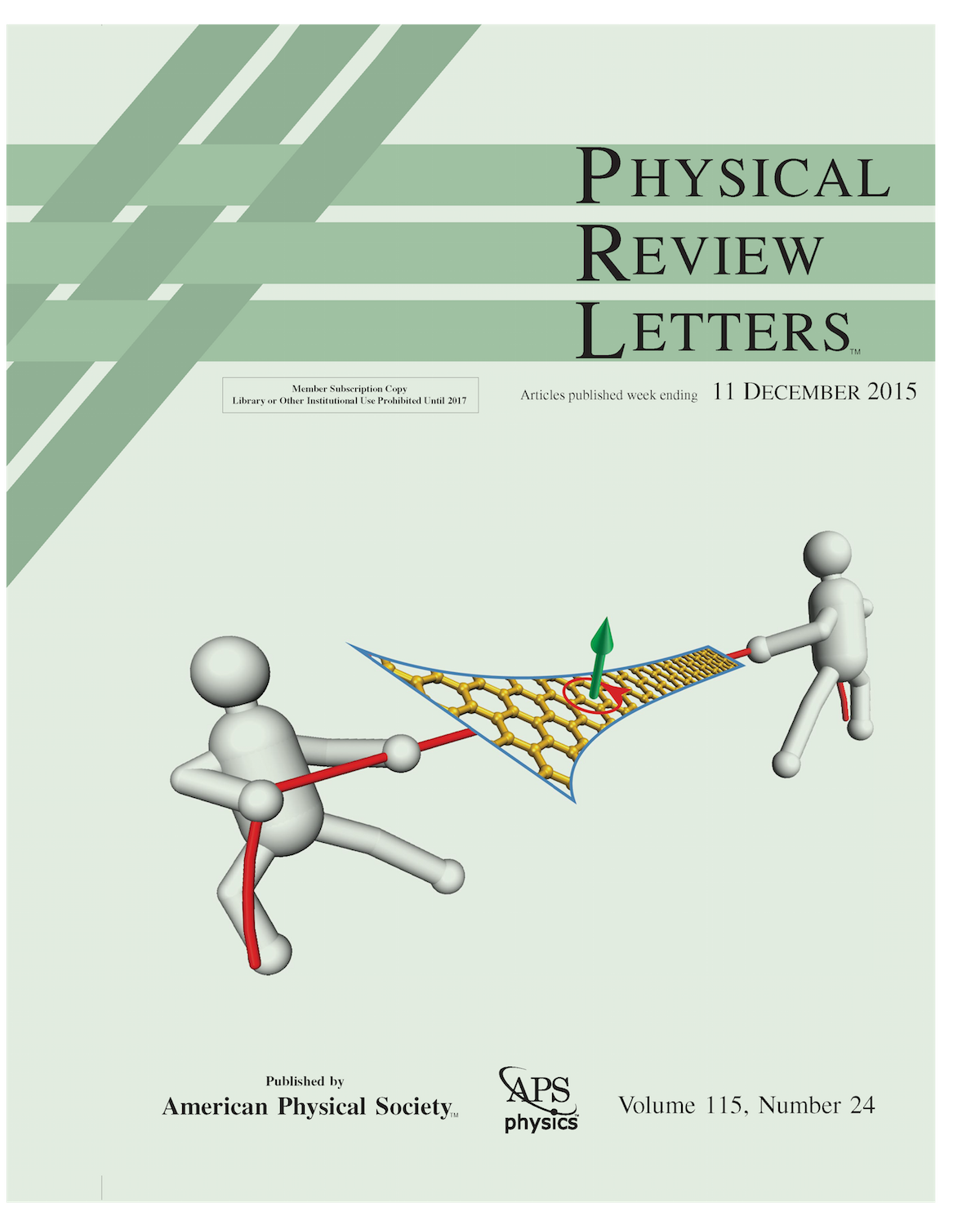
























 Tightening or relaxing the tension on a drumhead will change the way the drum sounds. The same goes for drumheads made from graphene, only instead of changing the sound, stretching graphene has a profound effect on the material's electrical properties. We determined the electromechanical properties of a suspended graphene layer by scanning tunneling microscopy (STM) and scanning tunneling spectroscopy (STS) measurements, as well as computational simulations of the graphene-membrane mechanics and morphology. A graphene membrane was continuously deformed by controlling the competing interactions with a STM probe tip and the electric field from a back-gate electrode. The probe tip–induced deformation created a localized strain field in the graphene lattice. STS measurements on the deformed suspended graphene display an electronic spectrum completely different from that of graphene supported by a substrate. The spectrum indicates the formation of a spatially confined quantum dot, in agreement with recent predictions of confinement by strain-induced pseudomagnetic fields.
Tightening or relaxing the tension on a drumhead will change the way the drum sounds. The same goes for drumheads made from graphene, only instead of changing the sound, stretching graphene has a profound effect on the material's electrical properties. We determined the electromechanical properties of a suspended graphene layer by scanning tunneling microscopy (STM) and scanning tunneling spectroscopy (STS) measurements, as well as computational simulations of the graphene-membrane mechanics and morphology. A graphene membrane was continuously deformed by controlling the competing interactions with a STM probe tip and the electric field from a back-gate electrode. The probe tip–induced deformation created a localized strain field in the graphene lattice. STS measurements on the deformed suspended graphene display an electronic spectrum completely different from that of graphene supported by a substrate. The spectrum indicates the formation of a spatially confined quantum dot, in agreement with recent predictions of confinement by strain-induced pseudomagnetic fields.







